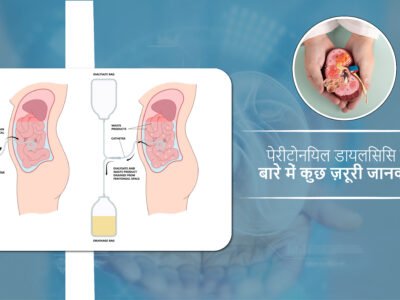For people with chronic kidney disease (CKD) who require dialysis treatment, a long-term access point for treatment is needed. One of the most common and preferred methods is the creation of an arterio-venous fistula (AVF). This procedure involves connecting an artery and a vein in the arm to create a larger, more durable blood vessel that can be used for dialysis treatment.
The Procedure
The creation of an AVF is a surgical procedure that is typically performed under local anesthesia. A small incision is made in the skin, and an artery and vein in the arm are connected using a small tube. This connection allows blood to flow from the artery into the vein, creating a larger, more durable blood vessel. The procedure typically takes a few hours, and patients can usually go home the same day.
Advantages and Disadvantages
One of the main advantages of an AVF is that it provides a long-lasting access point for dialysis treatment. It is less likely to get infected compared to other access points, and it has a lower risk of complications such as blood clots. Additionally, the use of an AVF can help preserve veins in other parts of the body, making it easier to create new access points in the future. However, the creation of an AVF does have some disadvantages. The fistula may not mature properly or may require additional procedures to achieve maturation. Also, the procedure may not be suitable for all patients, such as those with small veins or arteries.
Sites of Creation
The most common site for an AVF creation is the arm, where the cephalic vein and radial artery are typically used. However, if these vessels are not suitable, other sites such as the brachial artery and vein or the basilic vein may be used.
Time for Maturation
After the creation of an AVF, it typically takes several weeks or even months for the fistula to fully mature and become suitable for use in dialysis treatment.
Problems with AVF
There can be some problems associated with the use of an AVF, such as clotting or narrowing of the fistula. Patients may also experience pain or discomfort at the site of the fistula, and there may be a risk of infection.
Indications for Creation
An AVF may be indicated for patients who require long-term access to dialysis treatment. It may be preferred over other access points, such as catheters or grafts, as it carries a lower risk of infection and complications.
Conclusion
In conclusion, the creation of an AVF is a common and preferred method for long-term access to dialysis treatment in patients with chronic kidney disease. While it has its advantages, it may not be suitable for all patients and can carry some risks. Dr. Ravi Bhadania is the Best Kidney Specialist Doctor in Ahmedabad. he will help you weigh the benefits and risks of an AVF and determine if it is the best option for you.


